How your packet of crisps can spy on you
New video technology can listen in on conversations through soundproof glass
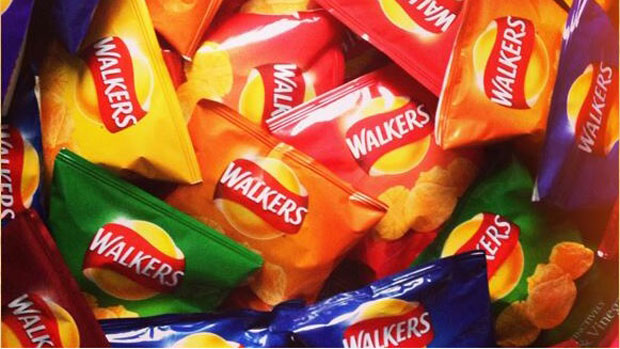
Everyday objects such as crisp packets and pot plants could soon be used for spying purposes, thanks to a new technology that monitors microscopic movements in the world around us.
A team at the Massachusetts Institute of Technology (MIT) has found a way to recover audio by scrutinising video of the tiny movements made by (almost) inanimate objects such as crisp packets when they are hit by sound waves.
The team found that, when analysed, the movements could be filtered to retrieve sound, opening up new ways of surreptitiously recording conversations or the possibility of retrieving audio from silent CCTV footage.
The Week
Escape your echo chamber. Get the facts behind the news, plus analysis from multiple perspectives.

Sign up for The Week's Free Newsletters
From our morning news briefing to a weekly Good News Newsletter, get the best of The Week delivered directly to your inbox.
From our morning news briefing to a weekly Good News Newsletter, get the best of The Week delivered directly to your inbox.
"When sound hits an object, it causes the object to vibrate," explained Abe Davis, the lead author of the study. "The motion of this vibration creates a very subtle visual signal that's usually invisible to the naked eye. People didn't realise that this information was there.
"Using only a video of the object and suitable processing algorithm we can extract these minute vibrations and partially recover the sounds that produced them letting us turn everyday objects into visual microphones."
Intelligence agencies can already monitor subtle vibrations in glass to listen in on conversations through windows, the Daily Telegraph says, but the technique doesn't work with soundproof glass. "This is the first time that anyone has been able to monitor vibrations using visual data and turn it back into the original sound," the Telegraph says.
The team demonstrated its findings by videoing the leaves of a pot plant while playing a recording of the children's nursery rhyme Mary Had a Little Lamb. Researchers were subsequently able to extract the audio by reading the small fluctuations in the movements of the plant's leaves.
A free daily email with the biggest news stories of the day – and the best features from TheWeek.com
The team was also able to "overhear" human speech by training a camera on a crisp packet from the other side of a soundproof glass door.
"This is new and refreshing. It's the kind of stuff that no other group would do right now," Alexei Efros, an associate professor at the University of California at Berkeley told the Telegraph.
"We're scientists, and sometimes we watch these movies, like James Bond, and we think, 'This is Hollywood theatrics. It's not possible to do that. This is ridiculous.' And suddenly, there you have it. This is totally out of some Hollywood thriller. You know that the killer has admitted his guilt because there's surveillance footage of his potato chip bag vibrating".
-
 7 bars with comforting cocktails and great hospitality
7 bars with comforting cocktails and great hospitalitythe week recommends Winter is a fine time for going out and drinking up
-
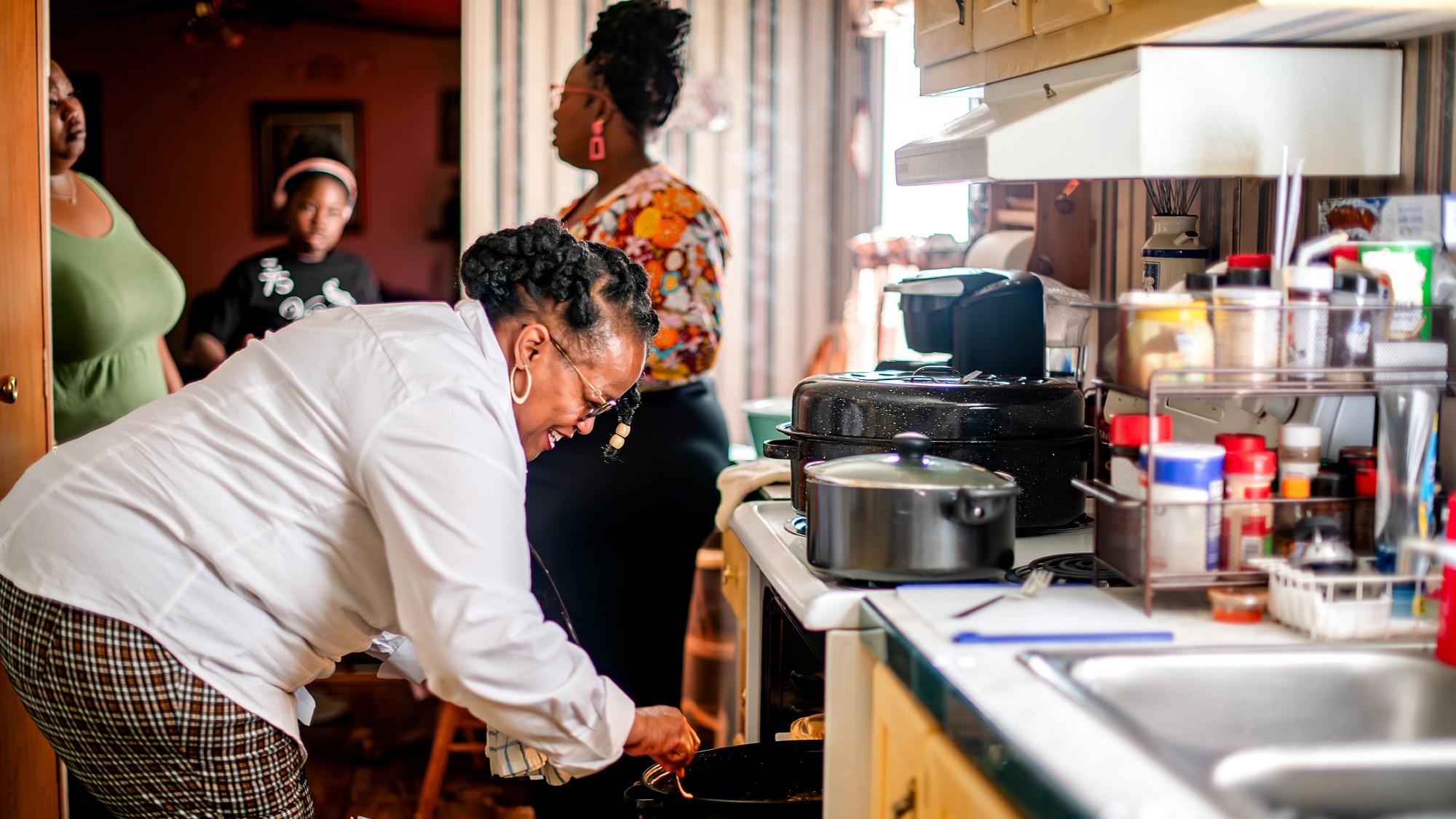 7 recipes that meet you wherever you are during winter
7 recipes that meet you wherever you are during winterthe week recommends Low-key January and decadent holiday eating are all accounted for
-
 Nine best TV shows of the year
Nine best TV shows of the yearThe Week Recommends From Adolescence to Amandaland
-
 How cybercriminals are hacking into the heart of the US economy
How cybercriminals are hacking into the heart of the US economySpeed Read Ransomware attacks have become a global epidemic, with more than $18.6bn paid in ransoms in 2020
-
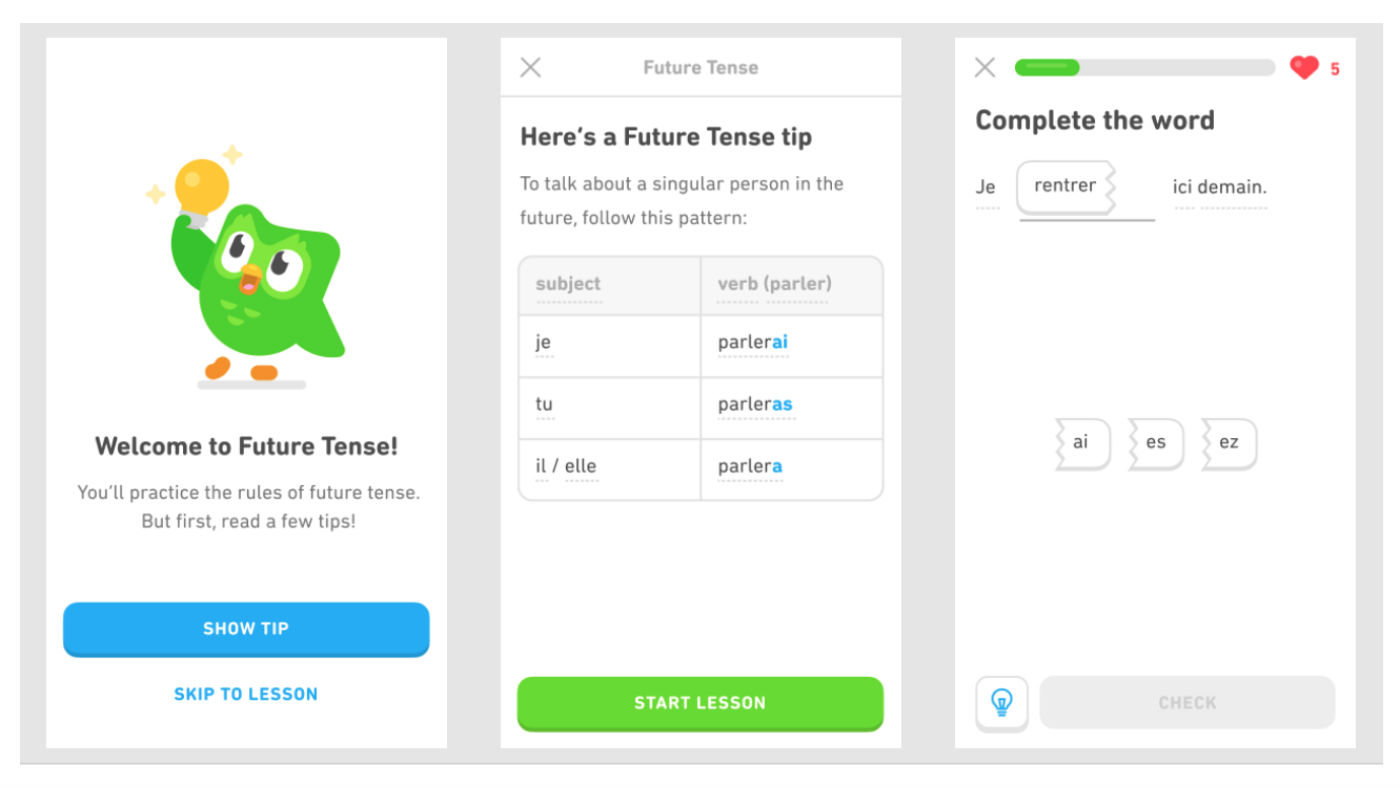 Language-learning apps speak the right lingo for UK subscribers
Language-learning apps speak the right lingo for UK subscribersSpeed Read Locked-down Brits turn to online lessons as a new hobby and way to upskill
-
 Brexit-hobbled Britain ‘still tech powerhouse of Europe’
Brexit-hobbled Britain ‘still tech powerhouse of Europe’Speed Read New research shows that UK start-ups have won more funding than France and Germany combined over past year
-
 Playing Cupid during Covid: Tinder reveals Britain’s top chat-up lines of the year
Playing Cupid during Covid: Tinder reveals Britain’s top chat-up lines of the yearSpeed Read Prince Harry, Meghan Markle and Dominic Cummings among most talked-about celebs on the dating app
-
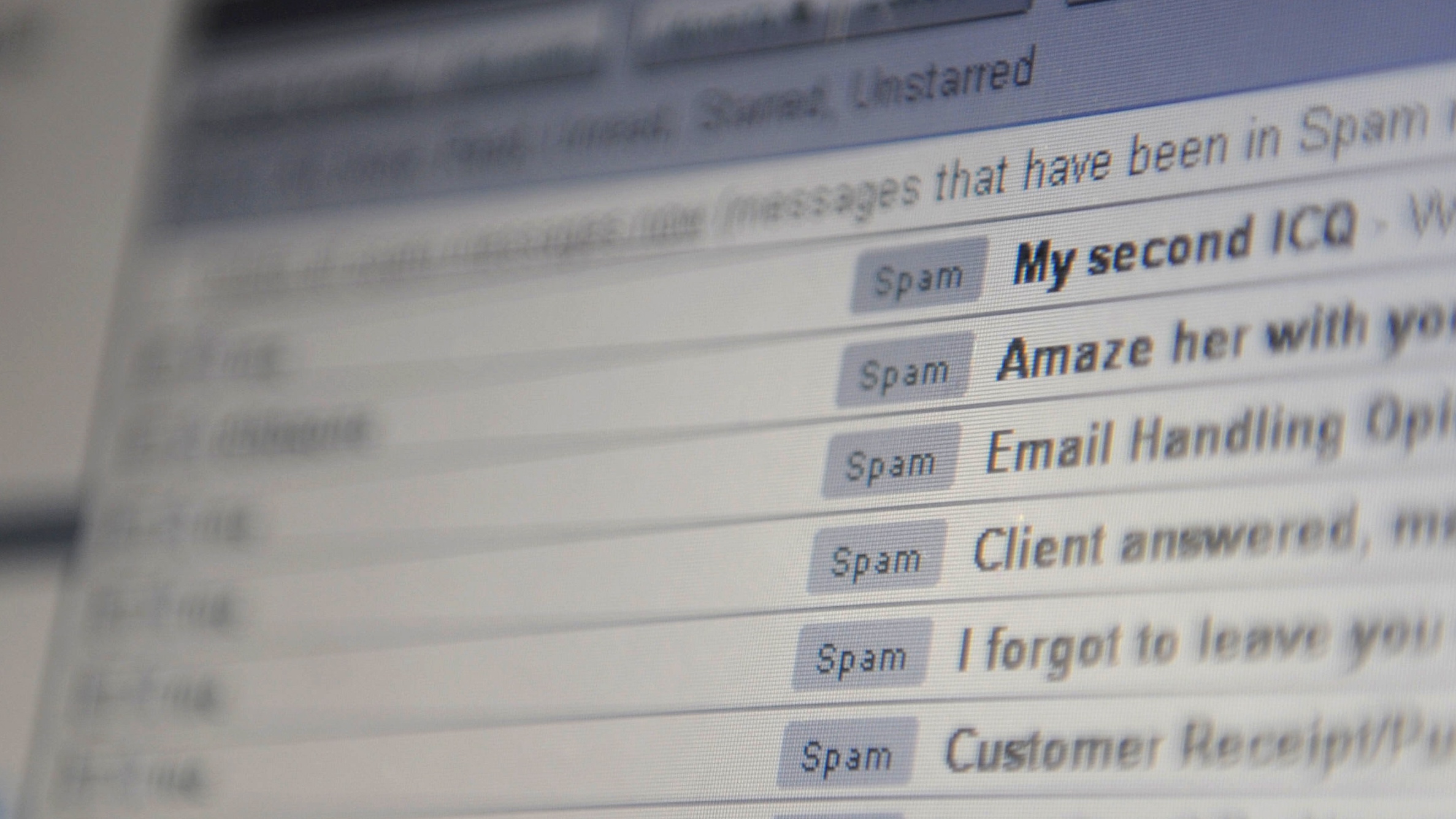 Brits sending one less email a day would cut carbon emissions by 16,000 tonnes
Brits sending one less email a day would cut carbon emissions by 16,000 tonnesSpeed Read UK research suggests unnecessary online chatter increases climate change
-
 Reach for the Moon: Nokia and Nasa to build 4G lunar network
Reach for the Moon: Nokia and Nasa to build 4G lunar networkSpeed Read Deal is part of the US space agency’s plan to establish human settlements on the lunar surface
-
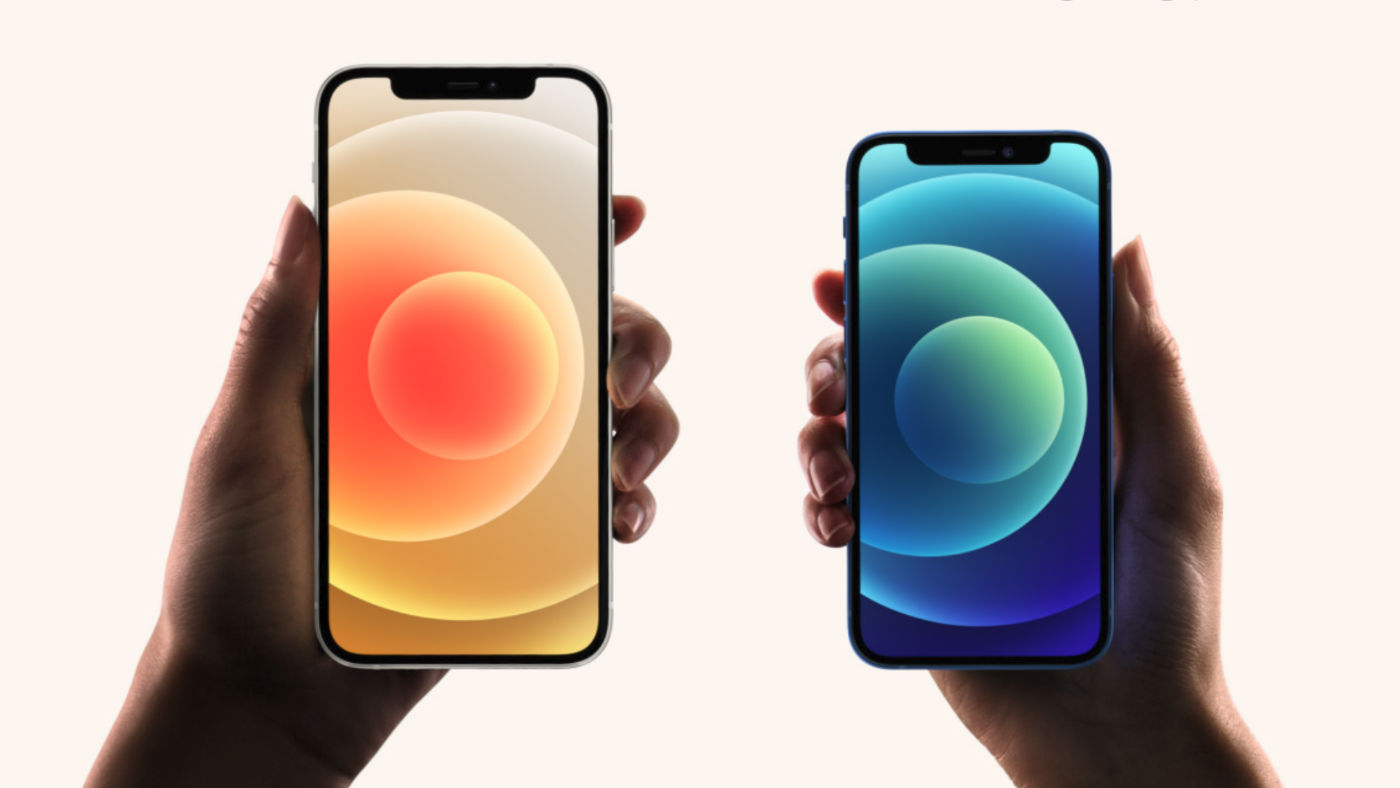 iPhone 12 launch: what we learned from the Apple ‘Hi, Speed’ event
iPhone 12 launch: what we learned from the Apple ‘Hi, Speed’ eventSpeed Read Tech giant unveils new 5G smartphone line-up
-
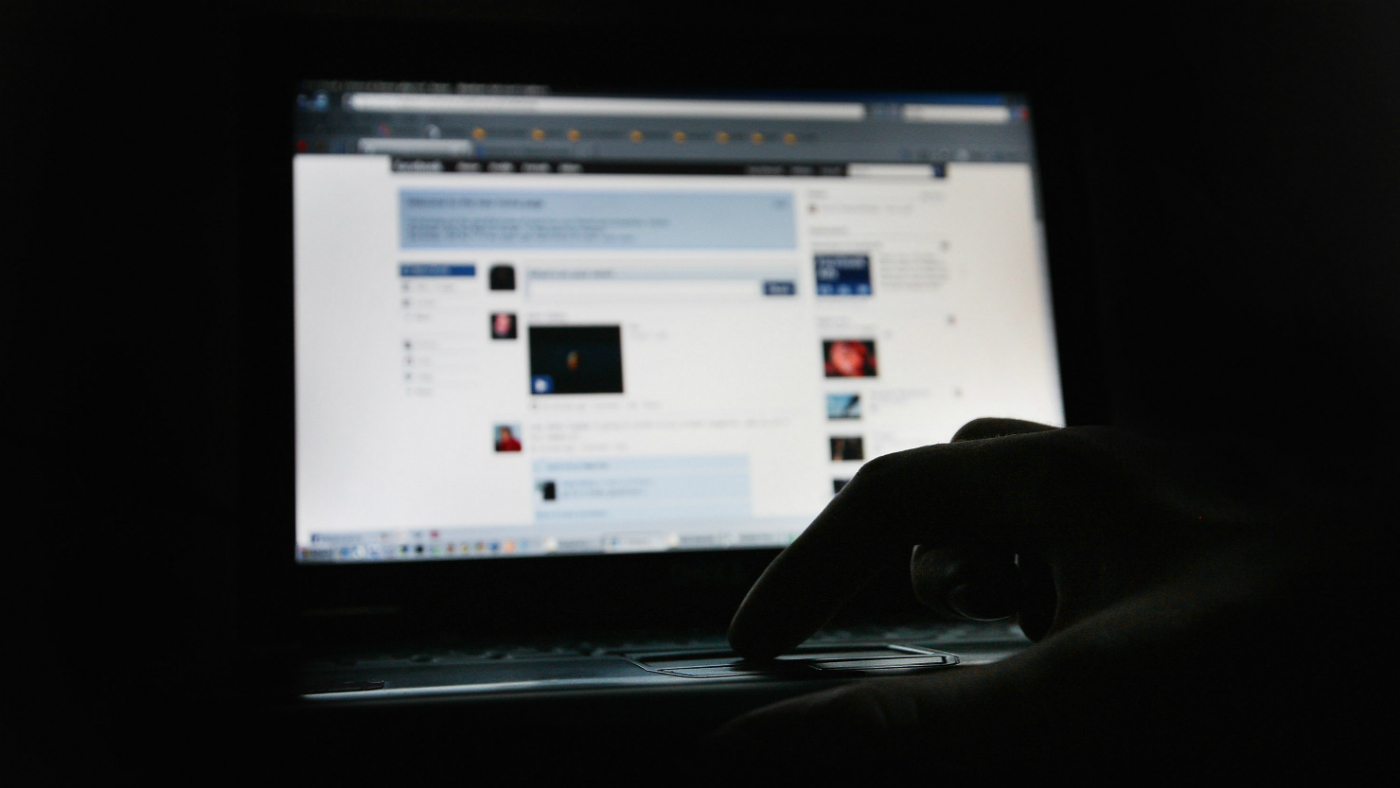 Russian agency behind US election meddling ‘created fake left-wing news site’
Russian agency behind US election meddling ‘created fake left-wing news site’Speed Read Facebook says real reporters were hired by fake editors to write about US corruption